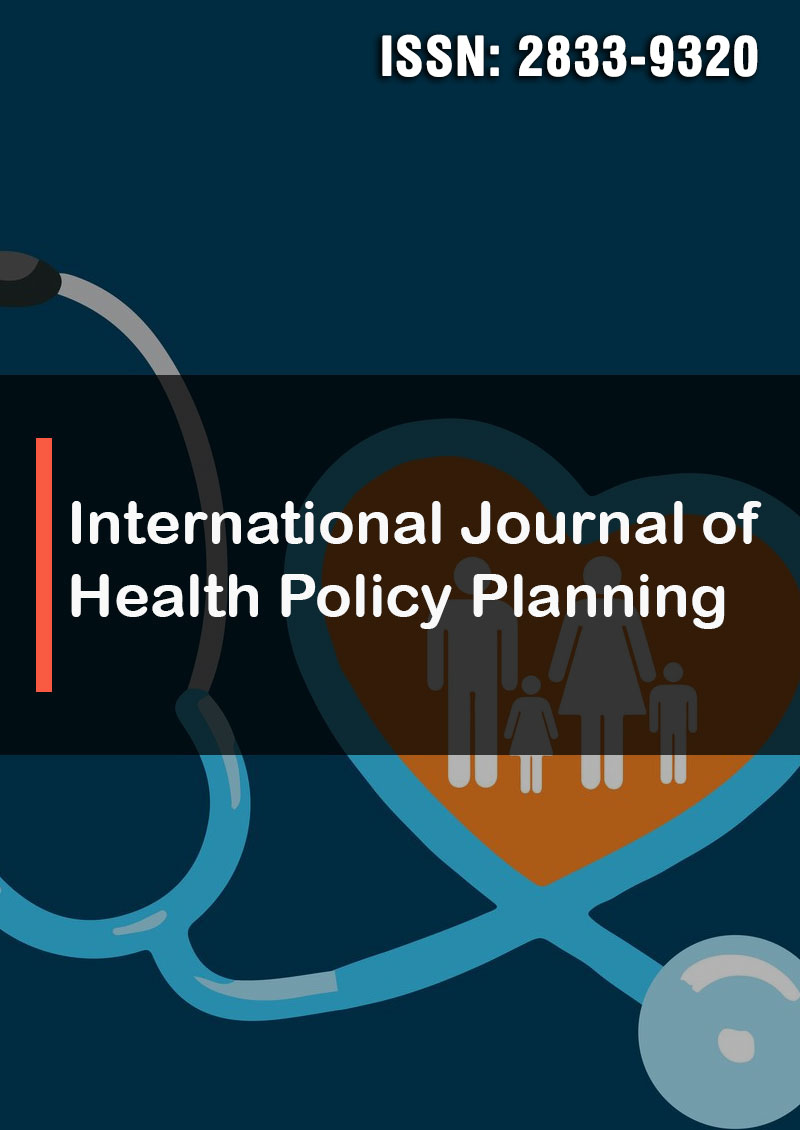Trucking Universal Health Coverage in Ang'orom Ward, Teso-South Sub-County- Busia County, Kenya
Abstract
William N. Okedi, Caroline O. Wakoli and Prudence Yawetsi
Universal Health Coverage (UHC) has received renewed attention in Global Health because it is seen as the vehicle to deliver goal 3 of the SDGs of having all people receiving quality health services without financial hardships by 2030. Despite strong political pronouncements about commitments to UHC both at national and county levels, the status of UHC in Busia County is unknown. This study assessed the planning, implementation and management of UHC in Angoromo ward based on the four categories of essential services namely Reproductive, Maternal, Newborn and Child Health; Infectious Diseases; Non-Communicable Diseases; and, Service Capacity and Access. A cross – sectional descriptive and analytical study design was used. A systematic sample size of 103 heads of households was taken. Data collection methods used included document analysis, interviews and key informant interviews. Quantita- tive data was analysed using the SPSS social science programme while qualitative data was analysed using thematic analysis. The study found that initiation of UHC had not taken place in Angoromo ward. This was attributed to the poor leadership and governance in the Department of Health at the County level. Despite this finding, the study found that UHC in Angoromo wards stood at 50%, no data was available for Busia County. The study recommends that issues of leadership and governance be addressed urgently; establishment of a disease surveillance system at Alupe Hospital which has served as treatment Centre for cross border diseases including Covid-19 and Ebola; and that a comprehensive county-wide UHC study be conducted to establish the status of UHC in Busia County.




